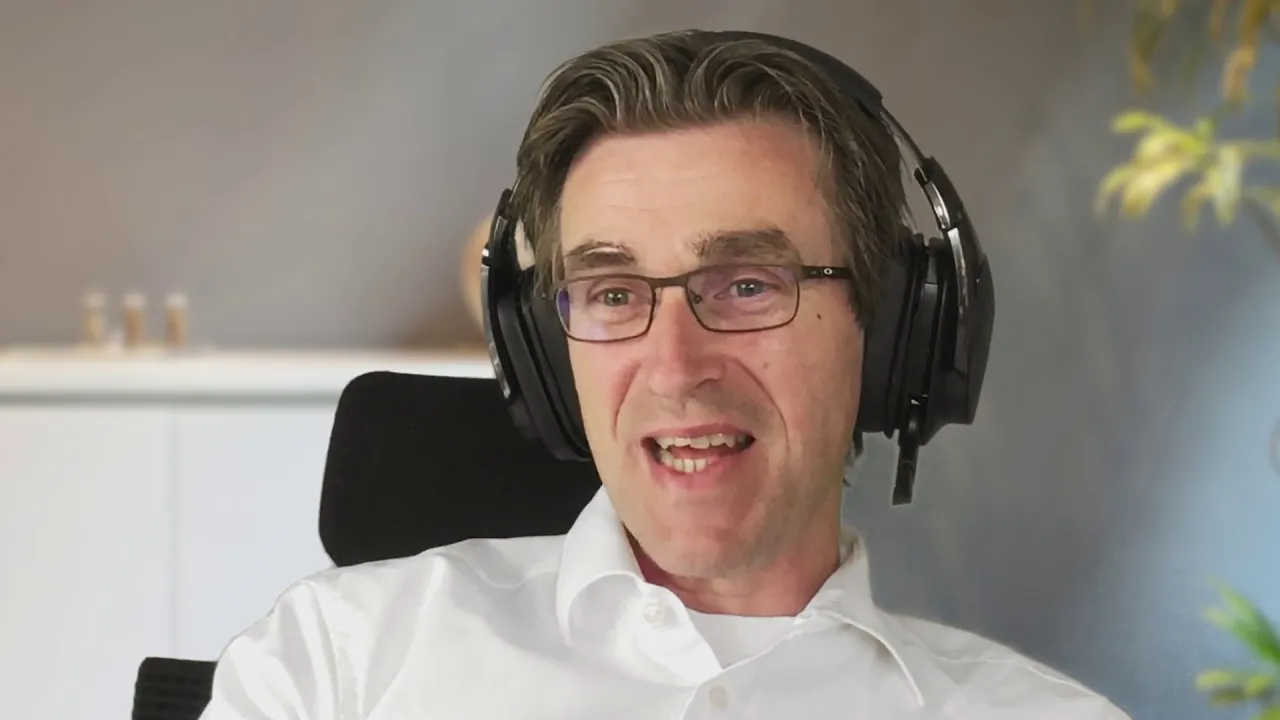Vaillant solves scaling IoT challenges with MongoDB Atlas


“When we implemented MongoDB Atlas, there was no downtime at all, and our customers immediately noticed the performance improvements. The whole experience was fantastic.”
Jürgen Stauvermann
Senior Java Software Engineer, Vaillant
Senior Java Software Engineer, Vaillant

“With MongoDB Atlas, it is now not my daily business to look at the database because it just runs. I can now focus on my real job, developing innovative new features for Vaillant products. This makes life much easier for me.”
Norbert Koch
Software Engineer, Vaillant
Software Engineer, Vaillant
Take the next step
Get access to all the tools and resources you need to start building something great when you register today.
.svg)